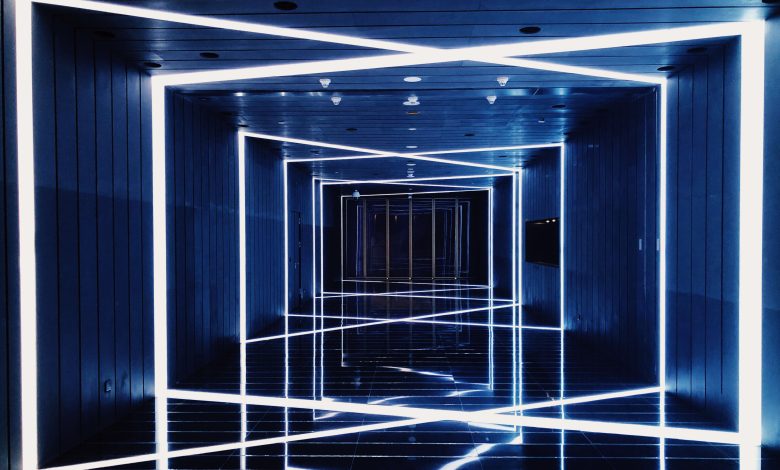Buying in and choosing architectural lighting of the best quality

Buying in and choosing architectural lighting of the best quality is made all the more easy and seamless when you know the right brands and suppliers to buy off of / from. This is paramount to how well you’ll be able to assemble the best lighting in your property. After all, all properties need lighting though it is an art in how and how well you design and implement architectural lighting.
Architectural lighting fixtures are also known as specification-grade lighting fixtures. In other words, they normally have a number of specifications (options) to choose from – specifications that help customize the fixture to the project in question. This helps the fixture to fit the architecture. It is not best to go about doing this the other way round. Also, it helps to know what you are doing. Lastly, it then follows that knowing the specifications available is crucial to choosing the right luminaire.
There are a number of elements to consider
As you can imagine, there are a number of key design elements you need to be aware of when it comes to the design and installation of architectural lighting in any interior space, even in the home. You need to thing just how you will be able to integrate the lighting to and for your benefit.
Beam Spread
Beam spread applies to architectural recessed downlights or track lighting where a desired spread is needed to highlight an artifact, furniture, painting, etc. Measured in degrees. For general lighting, choose a wider beam spread; for spotlighting, choose a narrower beam spread. The nice thing about recessed LED fixtures is that they have multiple potential applications.
Colour Temperature
Colour temperature can range from cool to warm. It can go from 2700K (yellowish hue) to as high as 6500K (bluish hue, also known as daylight). For residential applications either 2700 or 3000K is the desired colour temperature, for a warm and cosy look. For commercial applications, most businesses prefer 3500-4000K for better worker visibility and productivity. Anything above 5000K is recommended for industrial applications. That being said, if it’s an architectural lighting fixture, it’s normally offered in numerous colour temperatures from warm to daylight.
CRI (Colour Rendering Index)
A sometime option, CRI (color rendering index) is the ability of a light to accurately render color. Commonly available options include CRI 80+ or 90+. A CRI of 90+ is a much higher quality of light—though the cost can also be higher. In states such as California, 90+ CRI is actually required for residential lighting and in the future, this standard may also be applied to commercial lighting.
Mounting Type
For architectural lighting fixtures, options include surface mount, recessed mount (used if there is adequate space in the ceiling), pendant or wall mount. Pendant fixtures can either use adjustable aircraft cable kits or stem/rod mounts (non-adjustable). Stem length needs to be specified when you order. There are no details that can be overlooked when you make this purchase.
Other points worth considering
When choosing pendant lighting for above a kitchen island, make sure it’s pointing down onto the surface so that it functions as a task light. Also, look at the proportions of the island versus the light fitting. I tend to avoid multiple pendants (the Starbucks effect): it’s best to spend the money on a single, really good one. When it comes to lighting around a bathroom mirror, aim for a warm halo effect rather than anything clinical. We tend to use wall lights, shaded or obscured, and a downlight to the basin and the front of the face fitted with a non-glare shield. Low-level lighting is also helpful. Avoid downlights straight on to the head as they show up hair dye, roots and baldness.
Downlights are great for specifics – art, a chair, a basin – but not for a whole space. In a sitting room, for instance, you need lots of light sources and shadows, and a good mix of lamps, task lights and glow should achieve that. Lampshades can be a mystery: the size, shape, height, colour and fitting all need to be considered. Take the lamp with you and decide what to buy by trying various shades on it. The colour of the lampshade will affect the light, so stick to warmer fabrics.
Create some diversity with your lighting
Don’t be too even with lights – you want diversity and contrast. One way of doing this is by having light at varying heights, such as table lamps, floor lighting and lighting integrated into the ceiling in different directions. Consequential light creates ambience. For instance, at home, we have an LED strip light on the floor of the living room area behind the curtain. It sits in a cavity on the top of the heating grill by the window. You can’t see where the light comes from, but the effect makes the space feel bigger.
Usually, we use light to create a very intimate ambience or a sense of drama. For the latter, you need to think of light as a sculptural object that will catch everyone’s attention. Also, a statement piece doesn’t necessarily have to be big – it just has to be central to a space. It’s all about balance, so try pairing a huge ceiling light with something sleek and minimal, such as a downlighter on the wall or a light from a cornice that highlights the architecture. Play with scale to create the mood you want in your room. For instance, in the living room, you might have one main ceiling light, but the addition of a floor lamp next to an armchair will evoke a sense of cosiness.
Overall, from all of the above, this concludes our review of commonly available specifications for architectural lighting fixtures. Hopefully, armed with detailed knowledge of the specifications applicable, you can go forth with confidence in furthering your single, unified architectural design. What helps from all of this is the process behind how to best buy and assemble the right lighting in the right areas of your property. All of this can make a vast difference in any room in any property.





